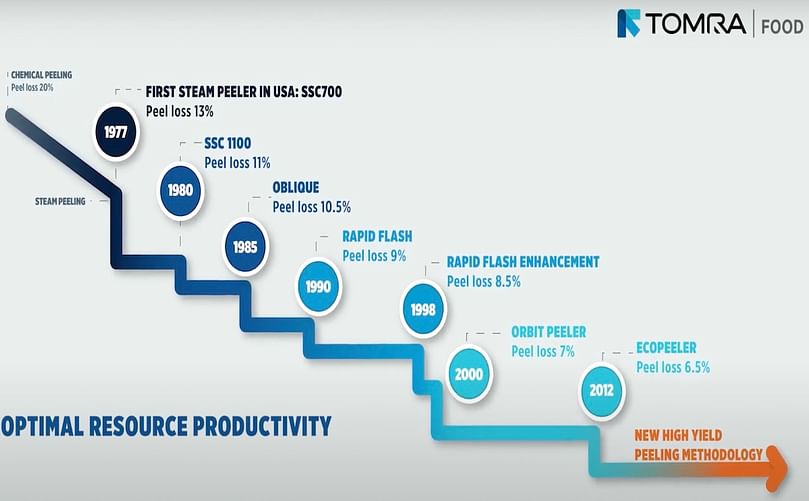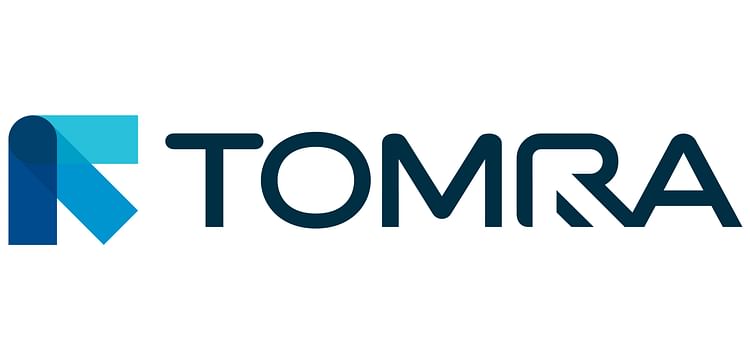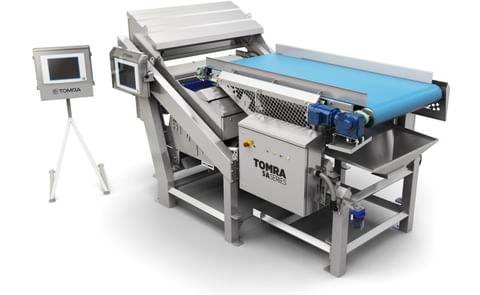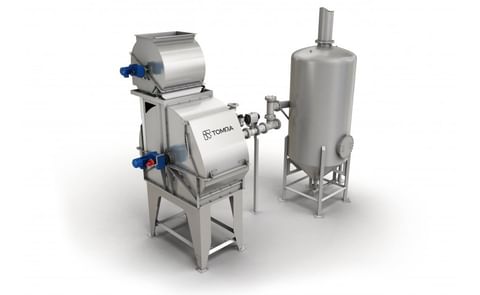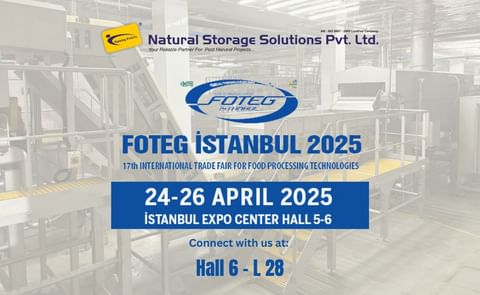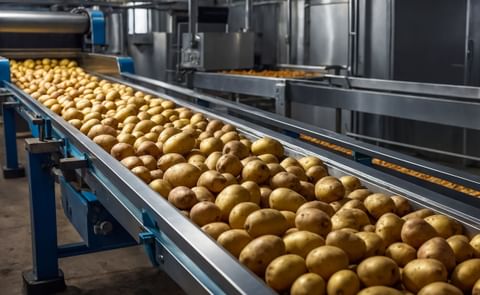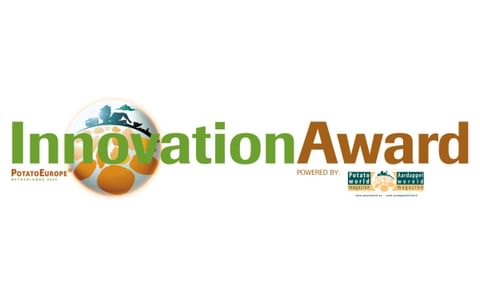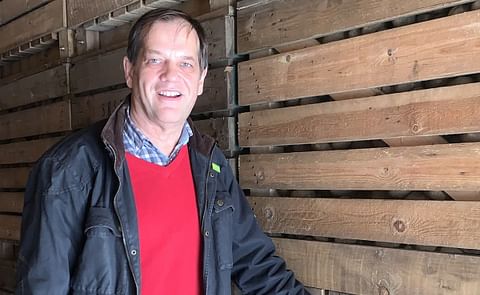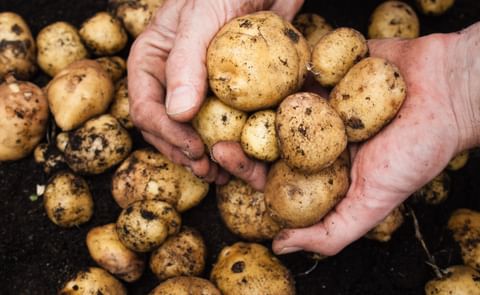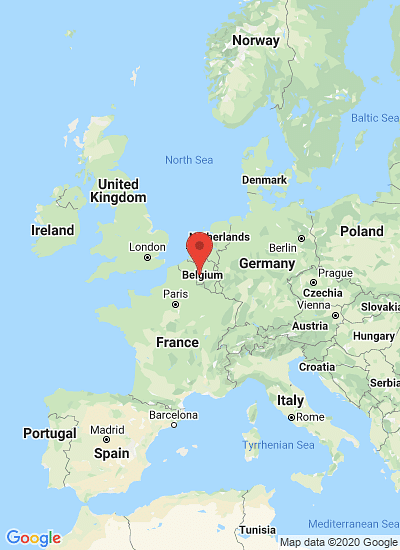Leading by Example - TOMRA Steam Peeling Revolution
Peeling in Potato Processing: The TOMRA Steam Peeling Revolution

Peeling potatoes on potato processing lines can be a bit like peeling notes from a wad of dollar bills and then throwing them away.
Because mechanized peel removal also removes potato flesh, a high quantity of saleable raw material gets discarded. This is lost value and margin for a business, and over time it adds up to sums of money that food processors cannot afford to lose.
Reducing food waste is one of the most important objectives of this generation. Processors, retailers and consumers increasingly focus on the origin of food and expect food producers to adopt sustainable business practices.
Thankfully much of the product loss incurred during potato peeling is preventable, and this not only increases the utilization of the precious potato but also enables food processors to produce high-quality flavoursome dishes.
Another important sustainability concern is energy use in production and associated greenhouse gas emissions. By increasing the yield from every piece of raw material entering the production process, businesses can operate for a shorter time to achieve the same required output, hence saving energy costs and water usage.
The good news is that automated solutions are available to address these issues. Solutions that are both environmentally friendly and commercially savvy enhance processors' green credentials while also preventing waste from cutting away at the bottom line.
As the world changes, so must processors
Though it has always made good business sense to eliminate waste, this necessity is now more critical than ever because of the food industry's legislative and consumer-led changes.
For one thing, demand for frozen potato products for food service is increasing, meaning that there's greater pressure to increase volumes and throughputs, and more business for processors to win or lose.
For example, the growth in production capacity of frozen French fries in new regions is growing each year rapidly, with each new processing line in China, Africa, and Brazil capable of delivering 150,000 tons each year.
Recently we have seen supply chain issues in North America resulting in shortages in Asia. Reducing food miles is another important challenge for the potato processing industry and challenges in logistics are discouraging businesses from shipping frozen products over long distances, meaning that new potato processing facilities are being built closer to local retailers.
For another, consumer expectations of quality, flavour, and taste around the world are increasing. Consumers are getting fussier about the quality of the foods they buy, meaning that retailers are also becoming less tolerant of product imperfections.
Achieving high-quality potato products from locally grown raw materials becomes essential. Innovation in potato seed has resulted in producing a wider range of new potato varieties that are more resistant to drought and wet, which is necessary due to climate change.
Related
This has helped improve the raw material consistency and quality delivered to food processors, enabling them to improve their business and product quality. But this is only part of the solution. Technology and steam peeling solutions need to be adaptable to extract the maximum benefit of the available raw material.
As the world continues to change and adapt to challenges, we see those food processors need to install new lines incorporating the latest technical solutions. And ageing lines will need to be replaced to ensure the business stays competitive and survives.
Increasing demand for quantity and quality
Potato processors might be tempted to dismiss market forces as something that only retailers need to worry about, but this would be a mistake: just as retailers must meet changes in consumer demand, so processors must meet the subsequent changes in retailer requirements.
And those requirements are not only for greater quantities but also for greater product quality and a responsible approach to sustainability.
Potatoes are a staple food, of course, ranked fourth in global production after wheat, rice, and maize. But what's changing goes beyond the simplicity of a humble vegetable that is satisfying to eat and provides an excellent source of fiber, minerals, and vitamins: the consumption of processed potato products is really gaining popularity.
This rising demand is propelled mostly by increasing economic prosperity in developing nations, where disposable incomes and busy lifestyles are popularizing western-style diets - including French fries as an accompaniment to food service, and convenience foods at home such as frozen potato wedges, slices, and dice. And there's more to come.
Market researchers expect the global frozen potato market to expand from a value of about USD 63bn in 2021 to about USD 84bn by 2028, equivalent to a compound annual growth rate of about 4%. That's the kind of growth most other industries can only dream of.
At the same time as buying more potato products, consumers' expectations are increasing, and they refuse to accept bad quality food. One reason for this is that improvements in raw material, food sorting and food processing have set a circle of growth in standards: as product quality improves, the 'new normal' sets higher expectations.
And add to that the power of social media: the tendency of customers to share experiences of good and bad quality in equal measure online fuels additional pressure on businesses to protect their brand. Yet another market pressure is the rising awareness among consumers of the need to be less wasteful of resources.
The Global Sustainability Study 2021 (conducted by global strategy and pricing consultancy Simon-Kucher & Partners) found that sustainability is rated as an important purchase criterion by 60% of consumers globally. An even greater proportion, 85%, have consciously made their purchasing choices' greener' in recent years.
All these factors mean that processors must reduce food waste, increase quantity, and improve quality. And though quantity and quality once seemed like mutually exclusive objectives - increasing one usually meant accepting a reduction in the other - this, too, has changed.
Today's state-of-the-art peeling technologies make it possible to simultaneously achieve big throughputs and high product quality.
The ongoing battle to reduce waste
Today some 85% of the world's French Fries are processed by TOMRA equipment, helping businesses save millions of dollars in waste. The path that led to this success was built over 50 years of research, development, and innovation.
When caustic peeling machines were introduced to the potato industry in the 1950s, they brought the speed of automation at the expense of food waste: as well as dissolving the skin, these machines removed about 20% of the good flesh.
This was improved in the 1960s when TOMRA introduced steam peeling, reducing potato loss to 13%. But still, there was room for improvement - which is why TOMRA has been committed ever since to researching and developing further innovations.
In fact, since TOMRA invented steam peeling, there have been five notable innovations, three of which are still in service.
The first big innovation, in 1975, was the introduction of high-pressure batch steam peeling, to meet the needs of a growing industry in North America which required higher throughput capacity to keep up with rising demand.
By 1980, TOMRA was supplying and installing more than 80% of all the steam peelers in North America, a market share maintained today.
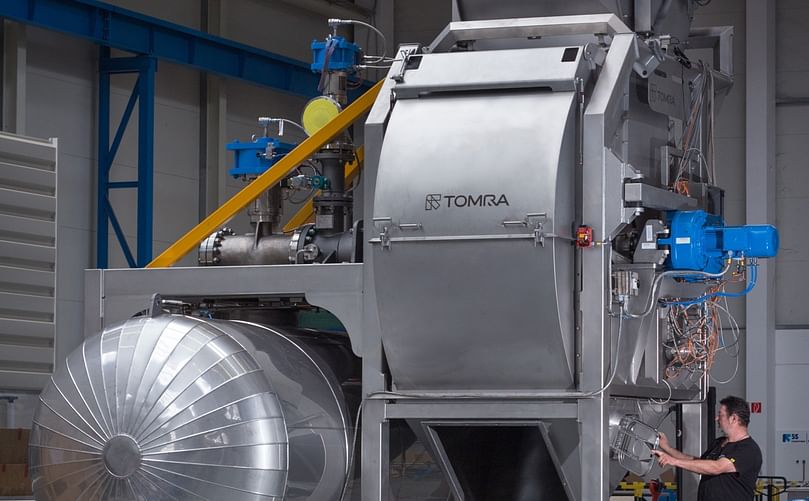
ECO 2000 Peeler and Worker
The next big step forward was taken in 1990 with the launch of the Rapid Flash range of peelers. Because requirements for greater steam pressure had added stress to existing supply systems, TOMRA designed a range of wet steam accumulators to ensure consistent steam supply at maximum pressure. These innovations reduced peel loss by a further 2%.
In 2000, TOMRA unveiled the Orbit peeler, the biggest innovation in steam peeling machines since the original. This machine emerged from extensive testing of steam pressure, exhaust systems, and how different vessel shapes could achieve minimal peel loss on different potato varieties.
This is important, because to peel efficiently and process efficiently, it is necessary to actively manage every variation in raw materials that comes out of the fields. And the result of all this research reduced peel loss by another 2%.
By now, the industry was becoming more conscious of energy costs, the world was more aware of the threat posed by greenhouse gas emissions.
This is why the next innovation, the TOMRA Eco Steam Peeler launched in 2012, introduced more sophisticated automation software to optimize steam usage and achieve similar throughput capacities with smaller vessels. This reduced peel loss to less than 6.5% - just half the level of the first steam peelers.
The most recent innovation, TOMRA's Peeling Control Module, also reduces steam use and energy consumption even further - as we'll see in a moment.
Why latest solutions are must-haves
Understanding variations in potato variety, size, shape and quality has led to the development of the TOMRA Peeling module. This unique solution, which unites the learnings from a long history of innovation, is in use today and in service in many potato processing lines in North America, Europe, and Asia.
The Eco steam peeler's name reflects the fact that it consumes 25% less energy and 28% less steam than similar machines. The Eco peeler does this by changing the traditional process of fixed steam supply to a controlled steam management system.
A new patented peeling vessel with a unique steam valve design and an innovative product mixing design enables rapid heat transfer of the steam to the surface of each potato.
This enables the processor to remove only the skin and avoid losing valuable potato flesh. The resulting energy efficiency saves a typical user (depending on local energy costs) about EUR 60,000 (about USD 64,000) to EUR 100,000 (about USD 107,000) per year.
Then the Eco peeler is followed by Dry peel separation solution, which avoids using water and brushes to remove the peeled skin in a centrifugal separation process.
Separating the peeled skin without using water is not a new technique, but when you place it at the heart of an automatically controlled peeling module, you leverage the strengths of the combined innovation to ensure high quality and high efficiency.
The Peeling Control Module (PCM) uses the TOMRA 5A sorter's multispectral imaging and super-stable peel classifier. The PCM measures peel, calculates optimal steam time, and accurately tracks peeling quality, so that steam and energy use are minimised while the product is readied for cutting with continuous peel quality.
Connecting steam peeling and sorting has been around for many years. The TOMRA Eco peeler and TOMRA 5A sorters are installed in many of the world's potato processing lines. Customers who choose the TOMRA Peeling module are expanding to new countries and regions.
A fully automated peeling module is helping processors to achieve high efficiency with different varieties of potatoes grown in different climates and in different soil. Enabling them to deliver their unique potato products to new customers with the same flavor, quality and taste that they expect.
The Potato processing industry is evolving, and potato processors demand more from food processing experts. IoT technology in every part of the food production process is the next step that will soon become a must-have.
TOMRA Insight turns peelers and sorters into connected devices by generating valuable data and processes it into actionable information. This cloud-based solution offers one secure, near real-time monitoring platform for all sorting lines.
Wherever and whenever processors want, they can access digital metrics on the status and performance of their sorters. It's worth re-reading that last sentence and thinking about it for a moment. What it shows how far peeling solutions have advanced: all the way from dissolving peel with chemicals to removing the peel with steam with astonishingly high precision and impressively low waste.
And all controlled by software that effectively acts as an integrated peeling line quality control and yield optimisation system. These sophisticated solutions save potato processors millions of dollars every year, while retailers and consumers would be pleased to know they're also doing their bit to help save the planet.

